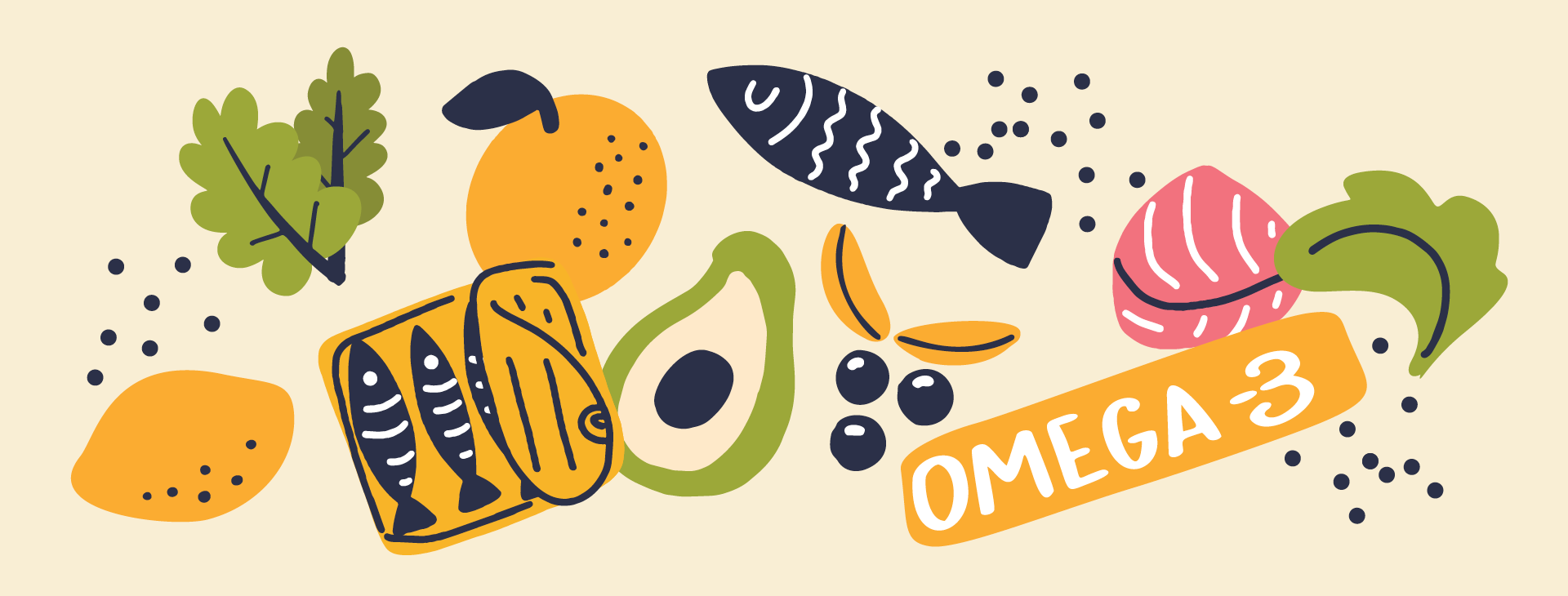Top Foods For Eye Health
THE EYE CARE EDITION
Top Foods For Eye Health
Enjoying a nutritious, well-balanced diet is not only great for
your inner health, it’s also fantastic for your eye health.
By Optometrist, Renee Slunjski

One of the most common eye diseases, Age-related Macular Degeneration (AMD) is known to result from a combination of lifestyle and genetic factors. In-depth research into slowing down the progression of AMD has been conducted over the last few decades as it is a condition that affects 8.7% of the world’s population, which is projected to be around 288 million people by 2040¹.
AMD impacts a person’s central vision, meaning their ability to read and drive become weak, and conducting everyday activities become difficult. Alongside lifestyle modifications like wearing sunglasses and not smoking, dietary changes can also slow down the progression of AMD. The Age-Related Eye Disease Study group (AREDS) conducted extensive research into which Vitamins and Minerals our macula requires to function properly.
Within a healthy diet, they suggest adding a range of Antioxidants and Vitamins like Vitamin C, Vitamin E, Lutein, Zeaxanthin and Zinc². Foods readily available include a variety of green leafy vegetables such as
spinach, kale, silverbeet, broccolini, peas, lettuce as well as citrus fruits, berries, tomatoes, oysters, brazil nuts and seeds. These are important to support a healthy macula – plus they are super tasty!
Having a great diet in place helps with another common eye condition, Dry Eye Syndrome (DES). There are multiple causes for DES, the most common being Meibomian Gland Dysfunction (MGD), which is a form of Blepharitis.
Watery, weepy, crusty, sore eyes and eyelids are a result of the build up of oils in the meibomian glands (that keeps our tears healthy) located in our eyelids. Not only are there targeted treatments for MGD, but diet plays a large role in helping the glands secrete healthy oil into our tears. Omega-3 and Omega-6 fatty acids have been shown to improve signs and symptoms of MGD³. Adding fish, such as fresh salmon and tuna, mackerel, sardines, herring and anchovies, which are high in the Omega-3 and 6 fatty acids, as well as flaxseed, eggs, walnuts, soy beans, tofu and avocado, to your diet is recommended to keep the tears healthy and the dry eyes hydrated.
References
1. Saunier V, Merle BMJ, Delyfer M, et al. Incidence of and Risk Factors Associated With Age-Related Macular Degeneration: Four-Year Follow-up From the ALIENOR Study. JAMA Ophthalmol. 2018;136(5): 473–481.
2. AREDS2 Research Group et al. “The
Age-Related Eye Disease Study 2 (AREDS2): study design and baseline characteristics (AREDS2 report number 1).” Ophthalmology vol. 119,11 (2012): 2282-9.
3. Ziemanski, Jillian F et al. “Relation Between Dietary Essential Fatty Acid Intake and Dry Eye Disease and Meibomian Gland Dysfunction in Postmenopausal Women.” American journal of ophthalmology vol.
189 (2018): 29-40.